Floral fireworks: The treasures you’ll find at the National Dahlia Collection
The National Dahlia Collection in Cornwallwas scheduled to be grubbed up in 2020, but was saved in the nick of time. Kirsty Fergusson visits the 1,700 dahlias now happily settled in their new home and finds out the best to order now for late-summer colour. Photos by Mimi Connolly.
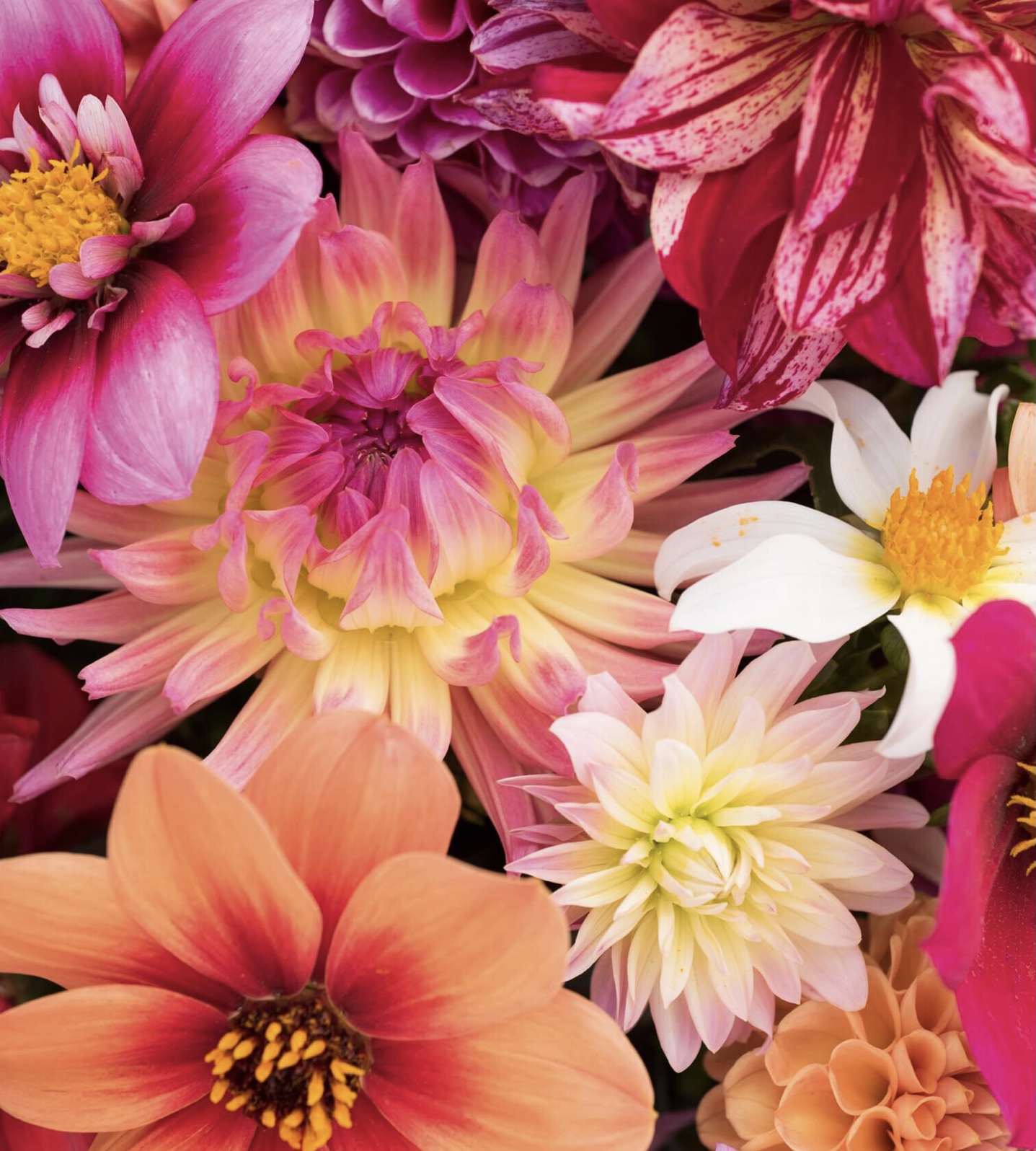
For many holiday-making families, the long drive westwards following the A30 through Cornwall is sustained by the prospect of being the first to catch a glimpse of St Michael’s Mount, the craggy profile of which crowns the wide, blue bay below Penzance.
But, for 22 years, even this most arresting icon of the Cornish coast faced stiff competition from the fields glimpsed over the roadside hedge at Varfell Farm, when, from mid July until early November, thousands of commercially grown dahlias erupted into a glorious explosion of colour. But it was not only commercial stock; this was the National Dahlia Collection and visitors were free to roam among the labelled beds, simply to admire if they chose.
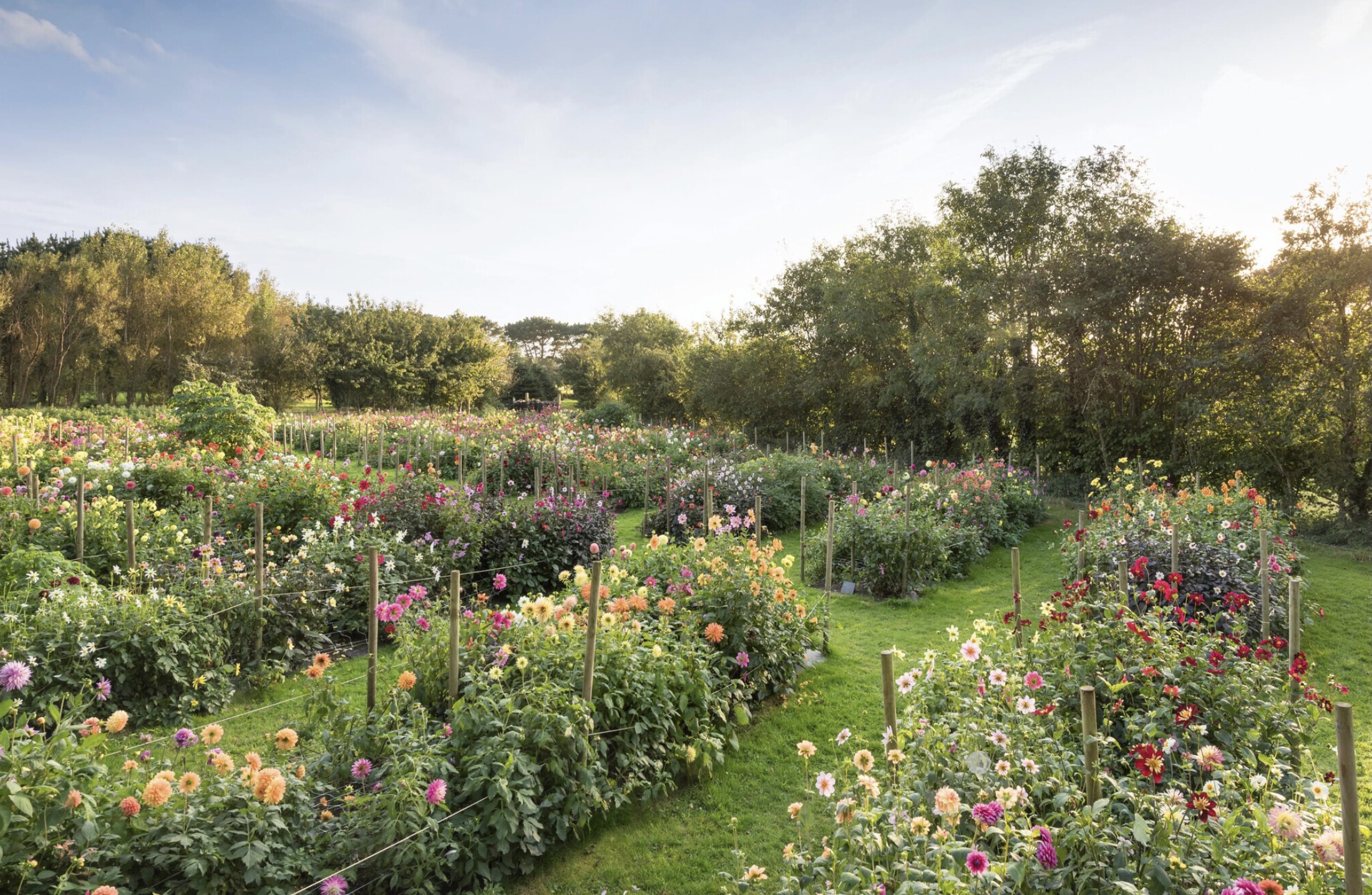
The National Collection had been formed in 1983 by David Brown in Oxfordshire, but both man and plants found a new home soon after in Cornwall, first at the Duchy College, Rosewarne, before being removed in 1998 to the custodianship of Winchester Growers (later Greenyard Flowers UK) at Varfell. However, in 2020, the multinational fruit and flower company that operated the Varfell Farm site decided to close this wing of their business and the 22 species and 1,700 cultivars of dahlia faced an abrupt extinction.
Louise Danks was teaching horticulture at Rosewarne when she heard the desperate news. Having first worked at Varfell Farm as a 17-year-old student, deadheading dahlias, she had returned to Varfell in the late 1990s, becoming production manager and producing 40,000 rooted cuttings by hand each year. Mr Brown and Mark Twyning, both renowned internationally as experts in the field of dahlia cultivation and instrumental in building the collection, successively mentored Ms Danks.
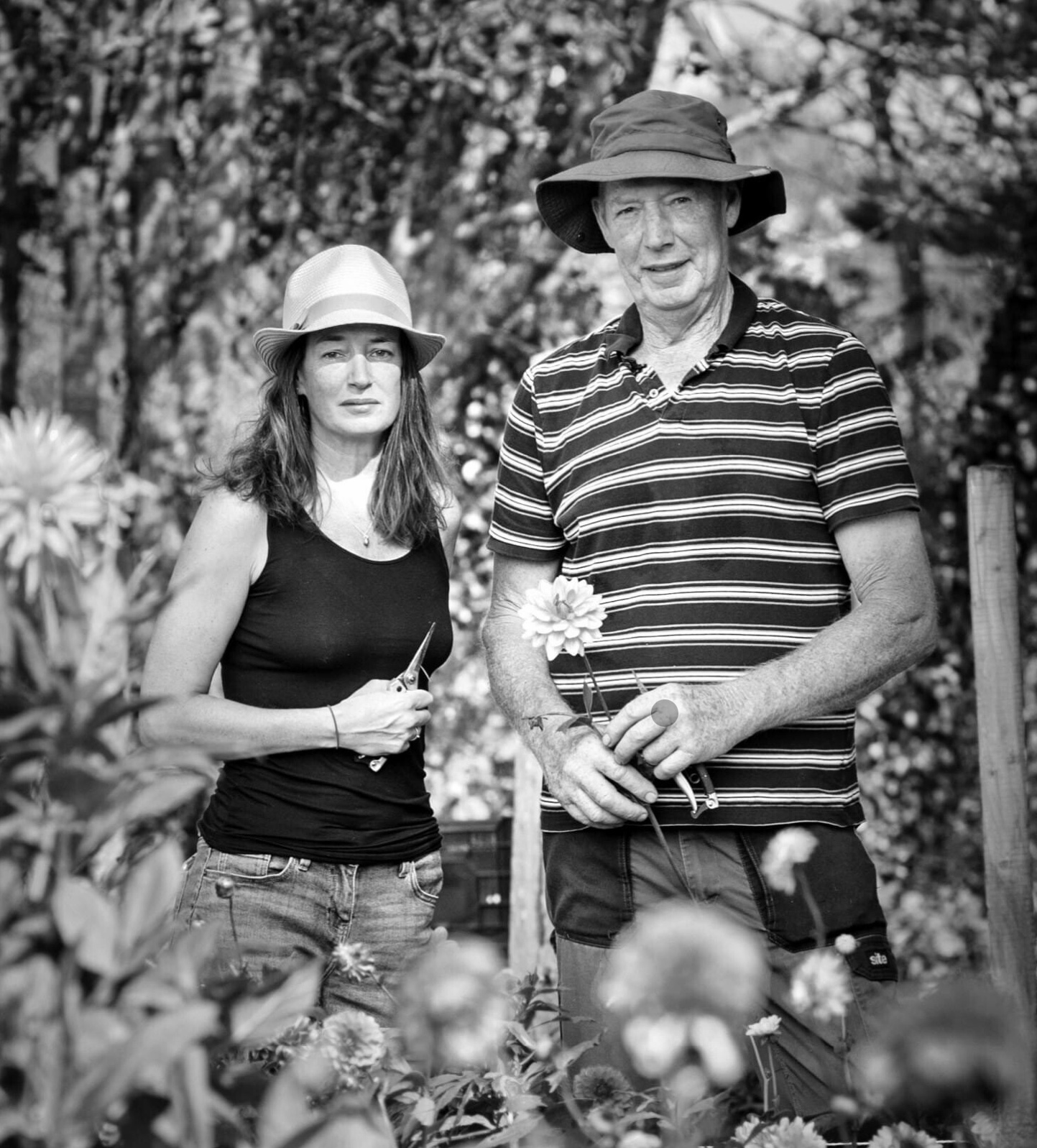
Years later, with the Kew Diploma and a spell as a specialist television researcher and programme director under her belt, she once again returned to Varfell. In 2018, she landed her first Gold medal at Chelsea and 2019 proved something of a breakthrough year, too. This was when the Greenyard Flowers show garden featured a section of an allotment adjoining a mixed border, designed to demonstrate the versatility of the species and show how well many types of dahlia combined with other plants. A year later, when she had returned to Rosewarne to teach horticulture, news of the collection’s imminent demise reached her.
Rallying friends, students and her father, Chris (who, handily, is a professional gardener and possessed of a large truck), Ms Danks begged the temporary shelter of an unused polytunnel at the college and, in the autumn of 2020, the band of volunteers lifted and transported the collection in 5,000 carefully labelled crates to Rosewarne.
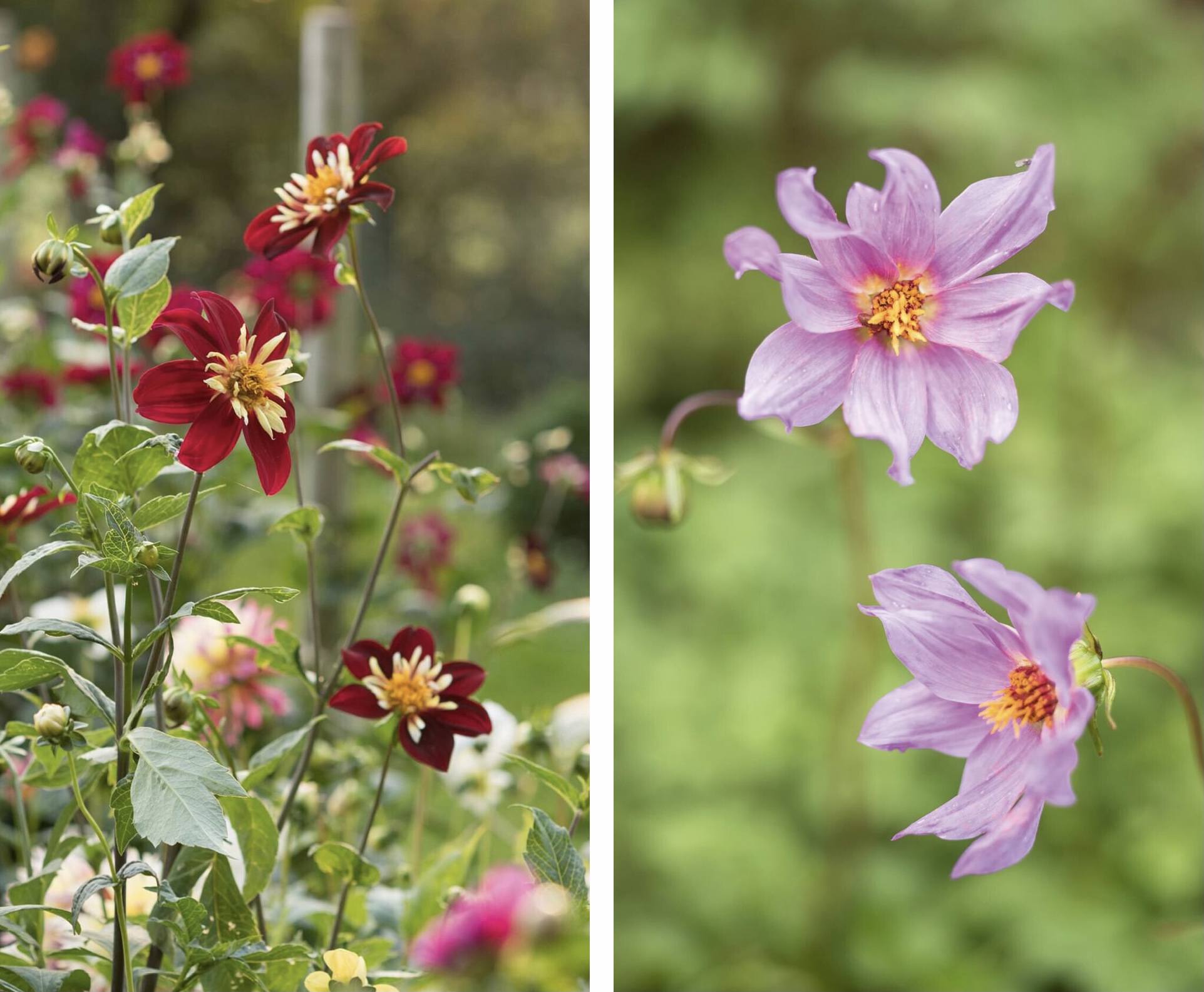
After an anxious winter, when Ms Danks asked everyone she could think of if they had a spare acre or two to plant out the precious tubers, she was delighted when the Kehelland Trust (a market garden offering horticultural experience to adults with learning or physical disabilities) close to Camborne offered her a spare field.
Exquisite houses, the beauty of Nature, and how to get the most from your life, straight to your inbox.
Beneath the rabbit-nibbled turf, the soil was sandy and free-draining — a must for dahlias, which enjoy water, but hate heavy, soggy soil. Fortunately, spring came late in 2021 and, once again, Ms Danks mobilised a volunteer workforce to prepare the strip beds. On May 16, the first tuber was planted. Despite an abundance of root-devouring leatherjacket grubs, which the team diligently removed from the soil, and the continuing presence of rabbits, the success rate was almost 100%. By late summer, the field was awash with colour and receiving its first, rapturous visitors.
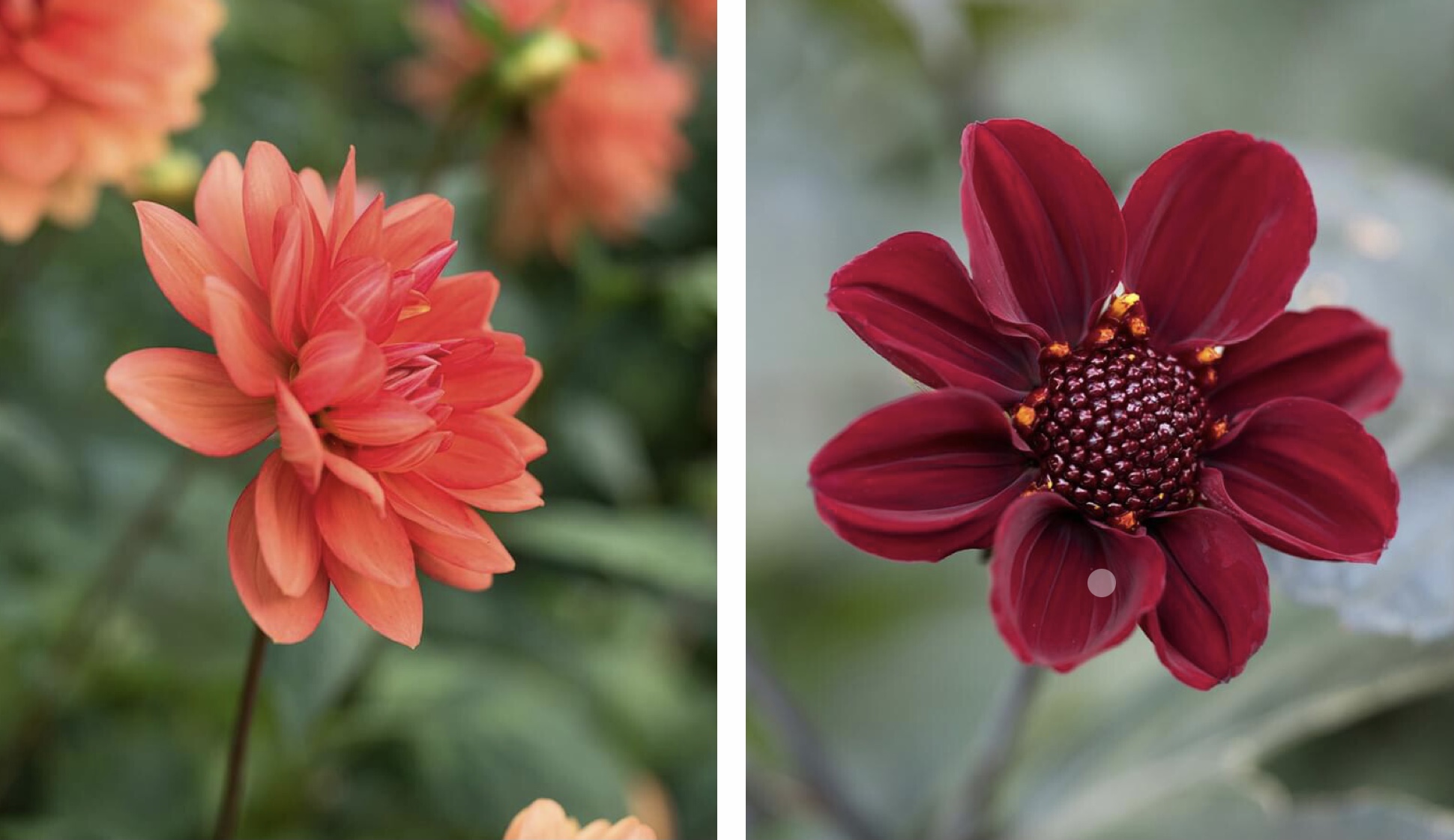
In November, more volunteers arrived to help with the enormous task of cutting the plants down to ground level and a lorry load of Cornish Black Gold (compost from the Green Waste Company) was applied as a thick, loose layer of mulch around each plant. This, explains Ms Danks, is as much about preventing evaporation from the free-draining soil in summer as it is about keeping the tubers snug and dry over winter.
However, not all gardens enjoy the same dahlia-friendly soil and climate found at Kehelland and, because the tubers will rot if left in cold, wet soil over winter, growers in less favoured parts of the county — or country — have traditionally found it easier to grow them in relative isolation, lifting the tubers in the autumn without the risk of damaging other plants. Tulip bulbs are often planted at the same time to make use of the fallow time and space.
One solution, provided dry shelter can be found for the winter, is to grow dahlias in pots, either from seed or rooted cuttings, slotting them in and out of the border at the start and end of the season. The old rose garden at Great Dixter, which became a template for temperate exotic planting in the 1990s, caught the imagination of dahlia lovers (and sceptics) alike.

The hottest dahlias — dark-leaved, orange-flowered ‘David Howard’ played a prominent part — were given a new context of banana trees, crimson- and flame-coloured cannas, indigo salvias, forests of Verbena bonariensis and chartreuse brugmansia. As everything except the bananas, which were wrapped up for the winter, and the verbena, which seeded itself anyway, had to be lifted at the end of the season, removing the tubers fitted neatly with the regime of cultivation.
Once labelled as difficult to grow and labour intensive, best left to the professionals and older gentlemen with time on their hands, the dahlia has become something of an emblem for adventurous gardeners in temperate gardens across the world, seeking to extend the season with a late burst of colour in the border. Ms Danks is very attuned to this desire and is already producing seed and rooted cuttings of species and cultivars respectively, suited not only to monoculture growers, but also to gardeners looking to enliven their mixed border planting schemes.
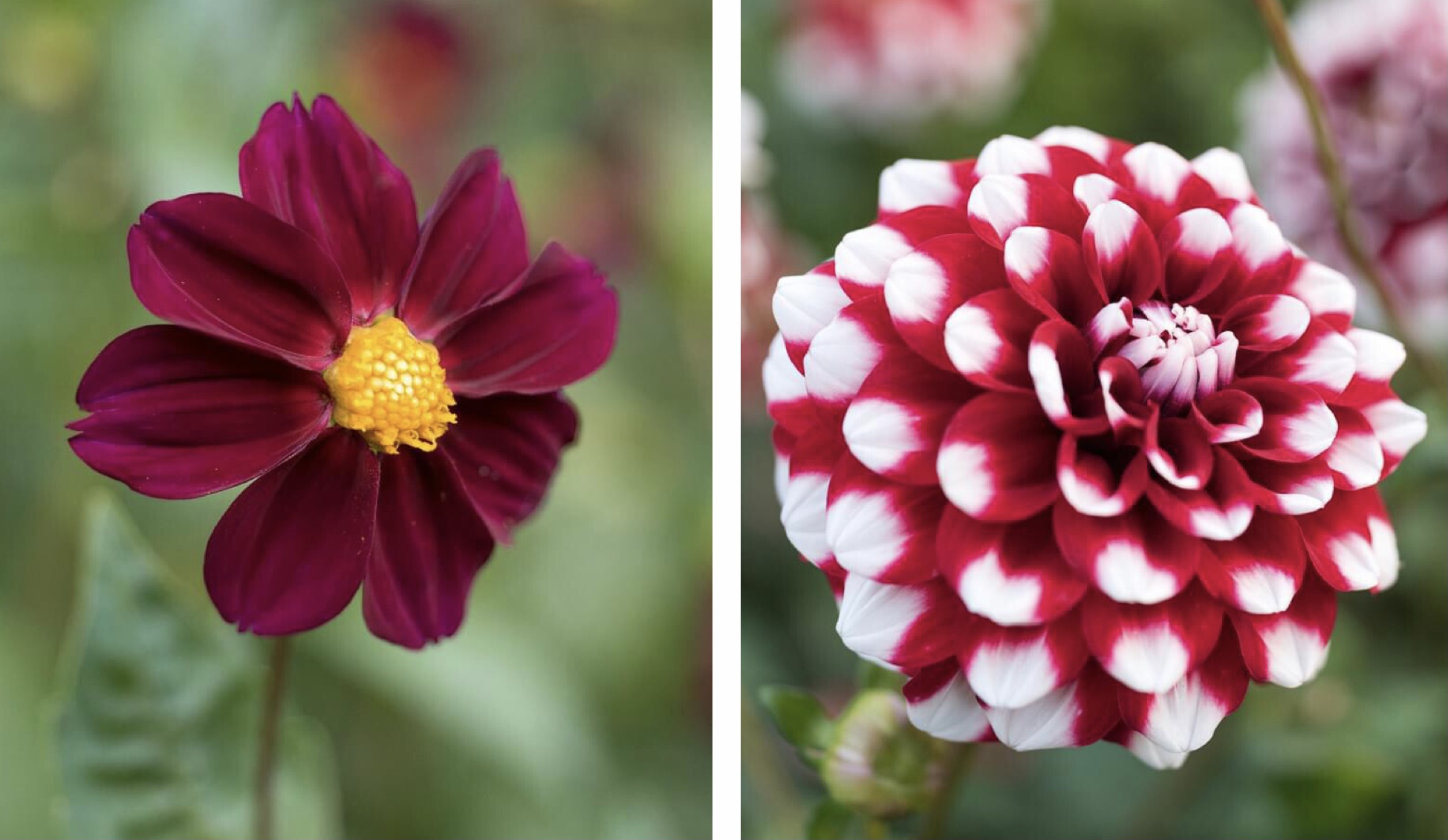
Ms Danks now sits on the RHS Dahlia Trials committee, deciding which new cultivars will be receiving an Award of Merit (AGM) — ‘Crème de Cassis’ was top of the list for an AGM in 2023. But if anyone deserves a medal, it’s Ms Danks and her father. Between them, they have saved not only an important plant collection, but a much-loved part of Cornwall’s floral heritage.
The National Dahlia Collection, Kehelland, Cornwall, can be visited on Wednesdays, 5pm–8pm, and Saturdays, 10am–4pm, during the flowering season — for more details see www.kehellandtrust.org.uk.